Minds On
Tracking tales
As a scientific researcher, understanding everything about the movement of animals is helpful to learning about their needs.
Understanding movement can help us understand where they find food, shelter and warmth, or safe places to have their babies.
Using your observation skills, investigate the following image of tracks in the snow. Then, use the printable Field Tracking Guide to help make an observation.
Check out the following mystery tracks.
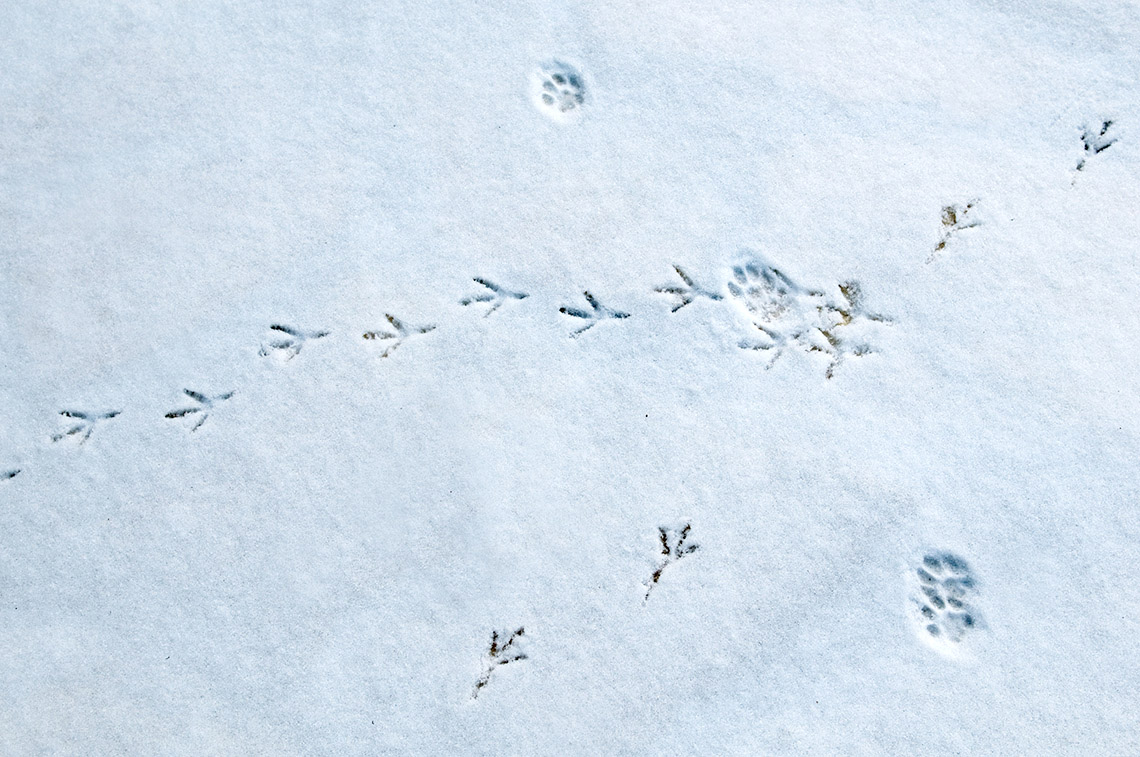
Explore the following Field Tracking Guide chart. What observations can you make about the tracks using this guide?
Field Tracking Guide

Now that you have explored the image and guide, answer the following question:
Which animals do you notice? Select all the animals you notice.
You may want to use the following checklist to help make an observation.
When I make observations and predictions, I…
Test Your Skills!
Story time
Let’s explore the image of animal tracks one more time:
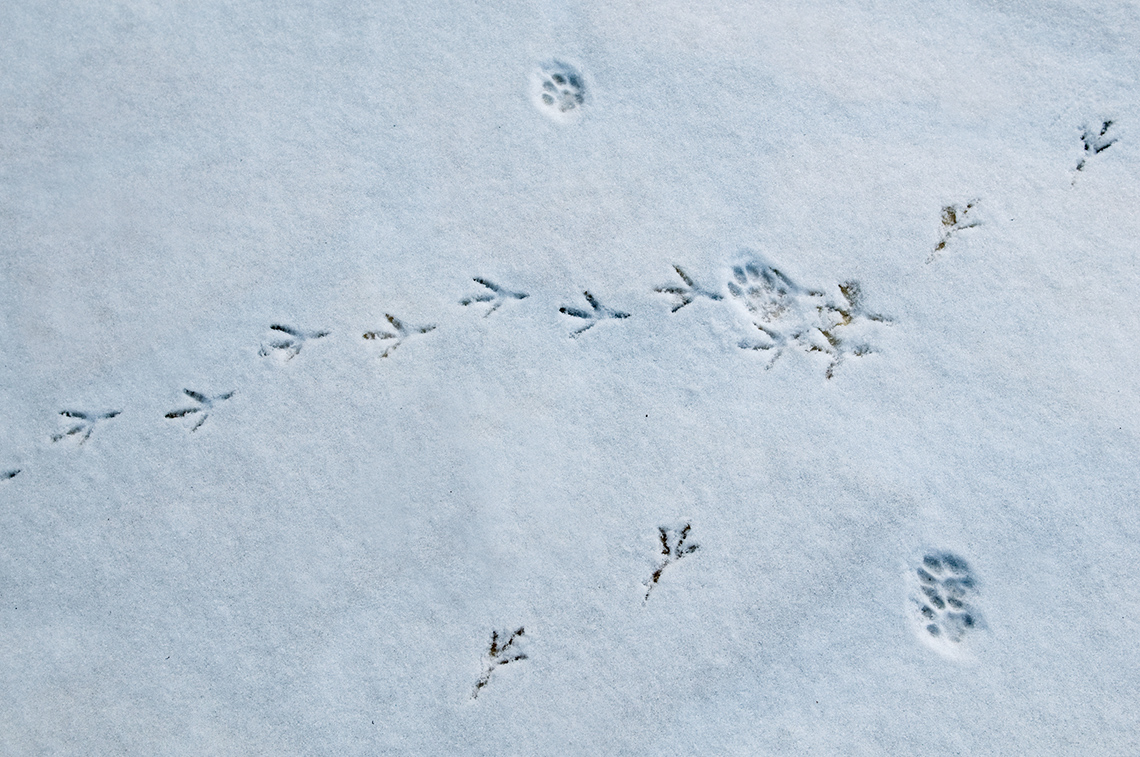
Tell a tale of the tracks in the yard. Create your own prediction about what you think might have happened with the two animals.
Record your ideas in a format of your choice: on paper, on the computer or as an audio recording.
You might want to include the following in your story:
- Which animals were there?
- How many of each animal were there?
- Where could they be going?
- Were they in the space at the same time? How can you tell?
Action
Tracking birds
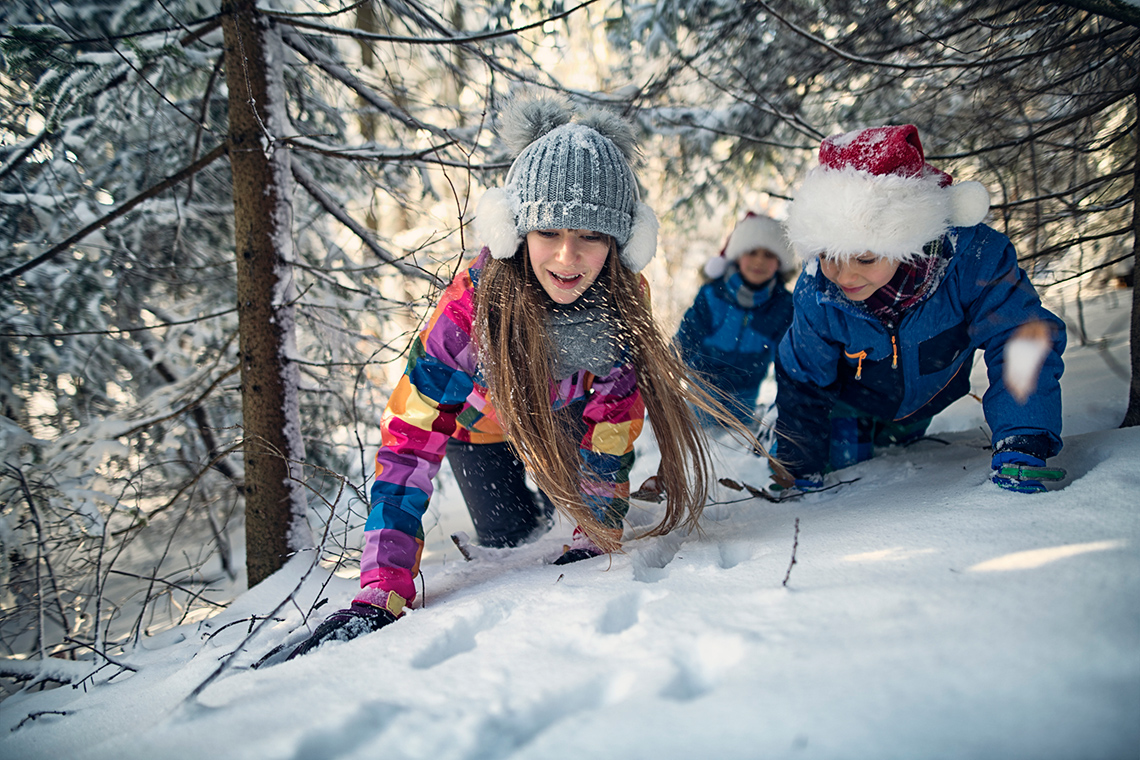
Studying tracks can give us information about animal movement, but this form of observation can take care and time to study properly.
Have you ever thought about where a bird goes when it leaves for the winter or summer? And how can we know? There are no tracks left behind to tell a story!
Let’s explore a video from TVOkids.
In this video, we’ll meet Barbara. Barbara is a scientist who works for Birds Canada. She has special training to catch and band birds.
Zoey asks her the following question:
How we can know where birds travel?
Check out the following video entitled “Finding Stuff Out: Migration” to learn more!
Place the missing steps of Barbara’s research in order.
The first 4 steps of Barbara’s research are:
The last 3 steps of Barbara’s research are:
Even after banding, how do researchers know where the bird goes?
When someone else catches the bird and reads the band, they know where it has been and can record it. This is just one way to keep records of what birds end up in different places around the world.
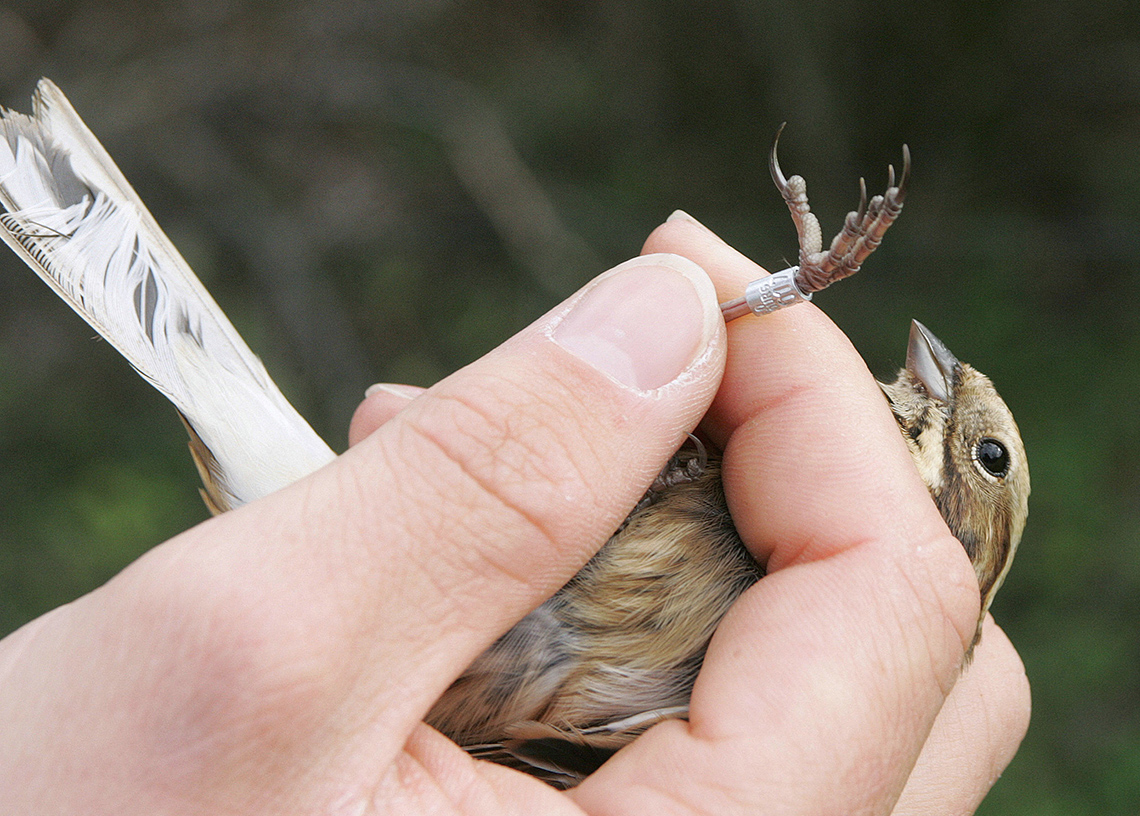
Reading a band on a bird
Each time they catch a bird, these scientists record weight, size, colouring, and the health of the bird. This data is important to track over time as well.
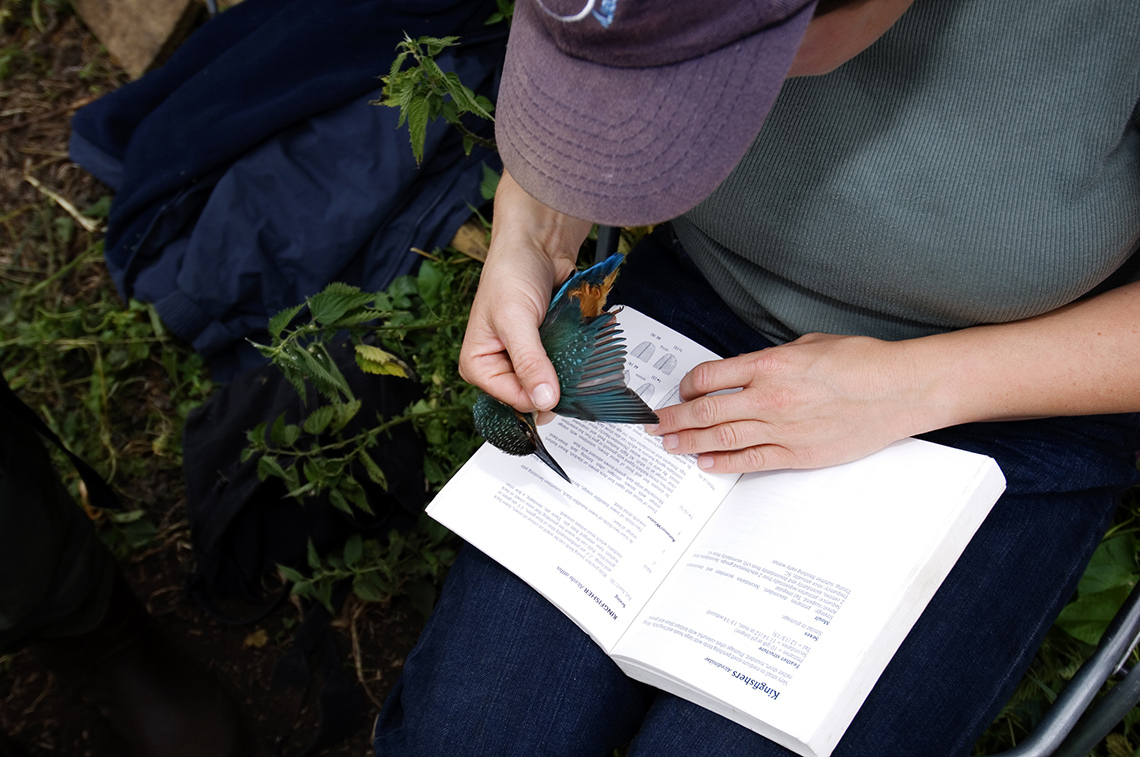
Making notes on birds
Now, scientists have a computer database that can collect all of the information from banding stations around the world.
Scientists can use computers to share all the information they collect.
Pause and Reflect
Pause and reflect
What information did scientists use to study birds and their travels?
Use the following checklist to check off all of the ways that were explained.
Ways to study birds include:
Press ‘Checklist Answer’ to compare your checklist!
If you clicked all of these items, you are correct! The previous checklist includes many ways to study birds.
Using technology to track birds
Have you ever tuned into a bird or turtle radio station?
Let’s start this investigation with Zoey and Birds Canada scientist Barbara.
Check out the following video entitled “Finding Stuff Out: Migration” to learn more!
How can scientists use the radio to follow the movements of animals? Explore the following true or false question to check your learning!
Bird radio
A small radio transmitter can follow the movement of animals. When the bird passes by any of the radio towers or a hand-held device, it picks up the sound of the transmitter. The researcher knows which animal has been nearby.
Pause and Reflect
Pause and reflect
Do you think this is easier or harder than using bird bands to track birds? Why?
Record your answer in a method of your choice.
Turtle radio
The same system of radio technology is used to track animals who walk on their travels too!
Let’s investigate with the FishHeads!
Explore the following video entitled “Leo’s FishHeads: Turtle Radio” to learn more about how Parks Canada in the Rouge National Park conducts an experiment with the FishHeads.
Student Tips
Terrific turtles

What did Julia and the scientists from Parks Canada learn about the Blanding turtles by tagging them?
How can learning about one species, the Blanding’s turtle, help other species in Rouge National Park?
Record your ideas in a method of your choice.
Press ‘Possible Answer’ to check out an answer.
Parks Canada learned what the turtles ate, where they went in winter to stay warm and where they went in the summer to keep cool.
By learning about the movements of the Blanding’s turtle, scientists can learn about the following:
- where to create more wetland habitat
- where turtles like to be over winter
- where turtles like to eat
- where turtles like to be in the summer
Monitoring movement
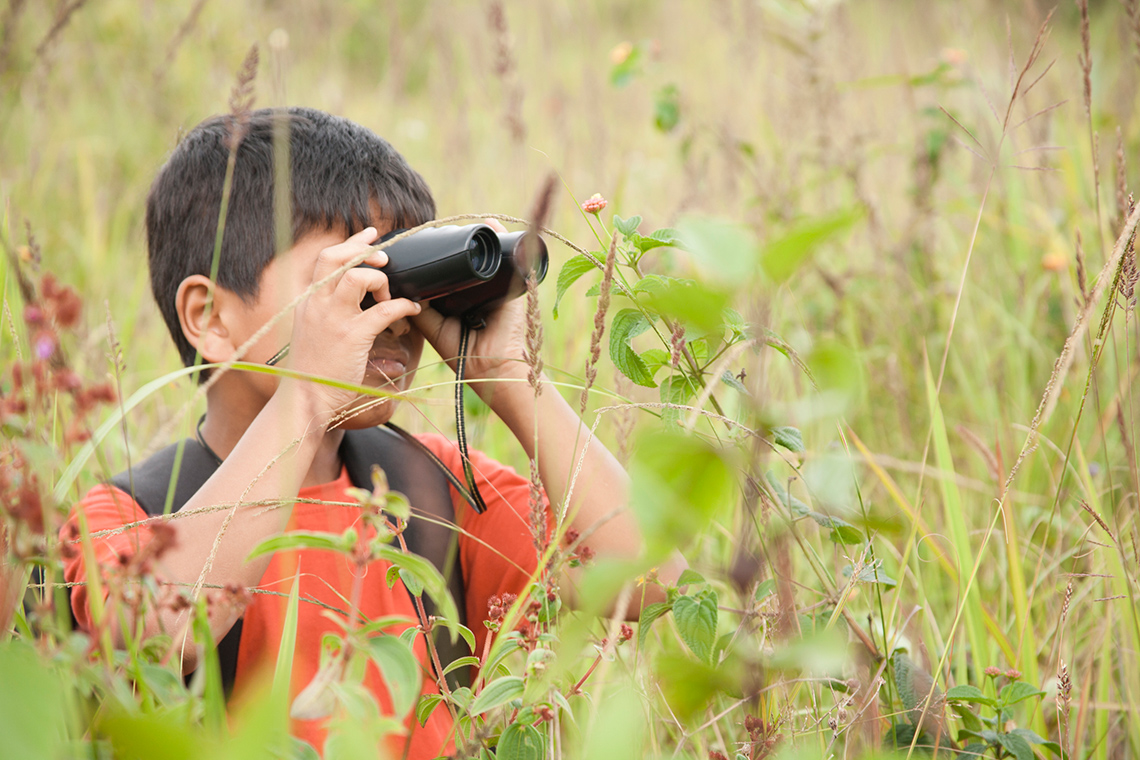
When humans monitor animal movement and use technology for tracking, they are gathering observations that can help them help protect and improve the areas where animals live.
In Rouge National Park, the turtles are helping the scientists by wearing the transmitters for at least a year.
Carrying a radio transmitter around is one way for a turtle to help humans learn more.
Consider the following questions about birds and turtles helping scientists:
- Is that hard work for the turtle?
- Do all birds move around the same way?
- Do all turtles move around the park in the same way?
Let’s explore the following video “Leo’s FishHeads: Turtle Radio” to find out!
After exploring the previous video, record your answers to the questions.
You can record your answers in the following fillable and printable Monitoring Movement document. You can also record your ideas using another method of your choice.
Monitoring Movement
In Rouge National Park, the turtles are helping the scientists by wearing the transmitters for at least a year.
Carrying a radio transmitter around is one way for a turtle to help humans learn more.
What do you think?
| Is that hard work for the turtle? | |
| Do all birds move around the same way? | |
| Do all turtles move around the park in the same way? |
Press the ‘Activity’ button to access Monitoring Movement.
Answer the following question about the previous FishHeads video.
Consolidation
Let’s try tracking!

Hands-on Science
Time to track
This learning activity connects new and existing approaches for young scientists to create positive changes in their communities.

When conducting any experiment, it is important to collect lots of data and observe that data to be able to make comparisons and to create conclusions.

Time to learn! We can learn things from different places and people.
If you were conducting an investigation to learn more about an animal population:
- Which animal would you want to track?
- Which tools would you use to monitor their movement?
- What would you want to learn about their movements?
Record your answers in the following fillable and printable Time to Track document. You can also complete this activity using another method of your choice.
|
Which animal would you want to track? |
|
|
Which tools would you use to monitor their movement? |
|
|
What would you want to learn about their movements? |
Press the ‘Activity’ button to access Time to Track.

Science we ask questions to help us figure out what the problem is.
Use the following checklist to help create a research question.
When I create a research question, I…

Science is about thinking about the steps you took and things you could change to make it better.
Is there anything that you could change about what you did?
Even if your attempts didn’t work out, what did you learn?
What can we do to protect animals?
There are a few things we can do to protect animals. Check out the following list for ideas!
How can we protect animals?
Reflection
How do you feel about what you have learned in this activity? Which of the next four sentences best matches how you are feeling about your learning? Press the button that is beside this sentence.
I feel…
Now, record your ideas about your feelings using a voice recorder, speech-to-text, or writing tool.